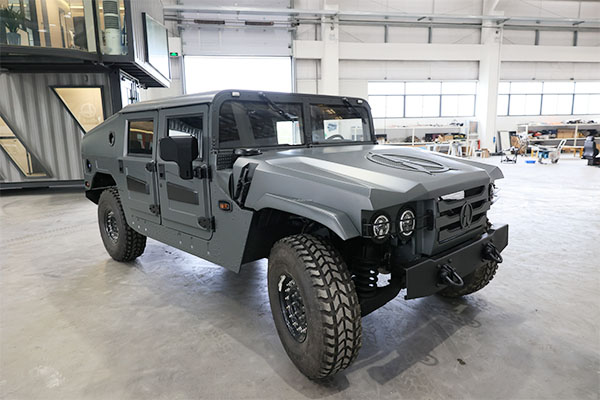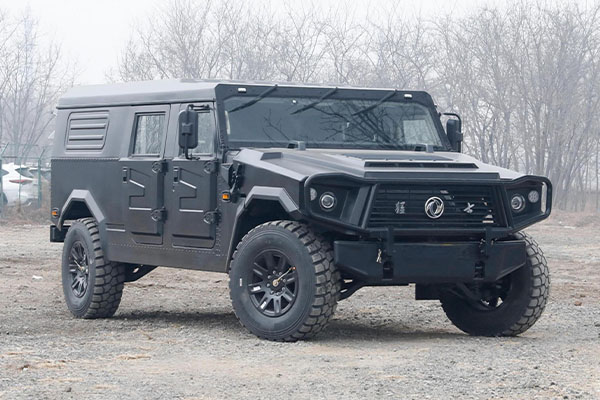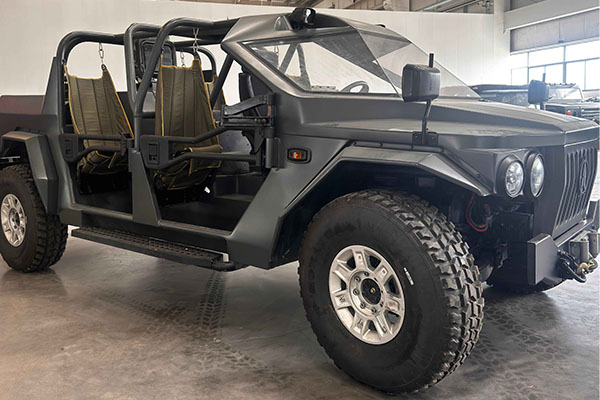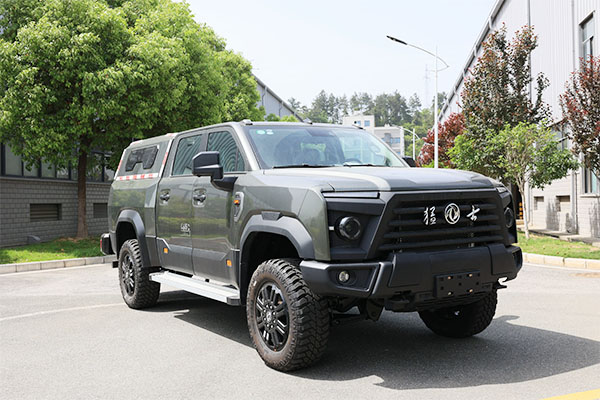What are the adaptability of the suspension system of a high performance all-terrain off-road vehicle under different terrains?
Release Time : 2025-07-22
In desert terrain, the suspension system of high-performance all-terrain off-road vehicles demonstrates excellent buffering capabilities. Soft sand can easily cause wheels to sink or produce violent bumps. The suspension system is designed with a longer stroke, allowing the wheels to freely expand and contract with the terrain and reduce the bouncing of the vehicle body. At the same time, its damping can be automatically adjusted. When the wheels of the high-performance all-terrain off-road vehicle sink quickly, the damping force is increased to prevent the vehicle body from sinking too much; when crossing the sand dunes, the damping force is reduced to ensure that the wheels stick to the ground, ensure effective power transmission, and allow the vehicle to glide smoothly on the sand surface.
In mountainous terrain, the support and torsion resistance of the suspension system become key. In the face of continuous steep slopes and sharp turns, the suspension system provides sufficient rigidity through reinforced springs and shock absorbers to reduce body roll and ensure stability when cornering. When the wheels run over raised rocks or tree roots, the multi-link structure of the suspension can disperse the impact force and prevent a single component from being overstressed. At the same time, the rapid rebound allows the wheels to quickly regain contact with the ground, preventing power loss caused by suspension, allowing the vehicle to maintain forward momentum on rugged mountain roads.
Muddy terrain tests the shock resistance and adaptability of the suspension system. Muddy roads have low adhesion and are prone to forming potholes of varying depths. The suspension system increases the travel so that the wheels still have enough space for expansion and contraction after falling into the mud pit, avoiding the body from scratching the ground. Its sealing design can prevent mud from penetrating into the shock absorber, ensuring the normal operation of the damping adjustment function. At the same time, when the wheels slip and spin, the suspension system keeps the body posture stable, reduces the body tilt caused by uneven force on one side of the wheel, and helps the vehicle gradually drive out of the muddy area.
In rocky terrain, the precise control ability of the suspension system is particularly outstanding. When the vehicle is climbing rocks, the suspension system controls the wheels of the high-performance all-terrain off-road vehicle independently, so that each wheel can adjust its height according to the shape of the rock, ensuring that the tire fits closely with the rock surface and increasing friction. In the face of the impact of sharp-angled rocks, the high-strength material and buffer structure of the suspension can absorb most of the impact force, protecting the body and chassis from damage. At the same time, by fine-tuning the damping, the wheels can rotate flexibly in the gaps between the rocks to avoid jamming.
In snowy terrain, the stability and grip assistance of the suspension system are obvious. The snow-covered road surface is easy to slip and the terrain is hidden. The suspension system reduces the risk of rollover caused by excessive snow by lowering the center of gravity of the vehicle body. When rolling over snow, the soft rebound of the suspension allows the wheels to always maintain pressure on the ground, and cooperates with the tire pattern to enhance grip. At the same time, when braking on icy roads, the suspension system quickly responds to changes in the body posture, reduces the nodding phenomenon during braking, and ensures a smooth braking process for the vehicle.
In wading terrain, the sealing and adaptability design of the suspension system play a role. When the vehicle passes through shallow water, the waterproof treatment of the suspension system prevents water from invading the shock absorbers and connecting parts, ensuring that it can still expand and contract normally in the water. In the face of underwater undercurrents or uneven terrain, the suspension travel design allows the wheels to cope with underwater obstacles, keep the high-performance all-terrain off-road vehicle body level, and avoid the high-performance all-terrain off-road vehicle body tilting and entering water due to underwater bulges. At the same time, after driving out of the water, the suspension system quickly drains water and restores normal damping to adapt to the land driving state.
In the switch between urban roads and off-road terrain, the multi-mode adjustment of the suspension system reflects flexibility. When switching from off-road conditions to urban paved roads, the suspension system automatically switches to comfort mode, reducing spring stiffness and damping force, filtering minor bumps on the road, and improving ride comfort. Before entering the off-road area from urban roads, you can manually switch to off-road mode to increase suspension travel and support to prepare for the upcoming complex terrain. This fast switching capability allows the vehicle to take into account both off-road performance and daily driving comfort.







